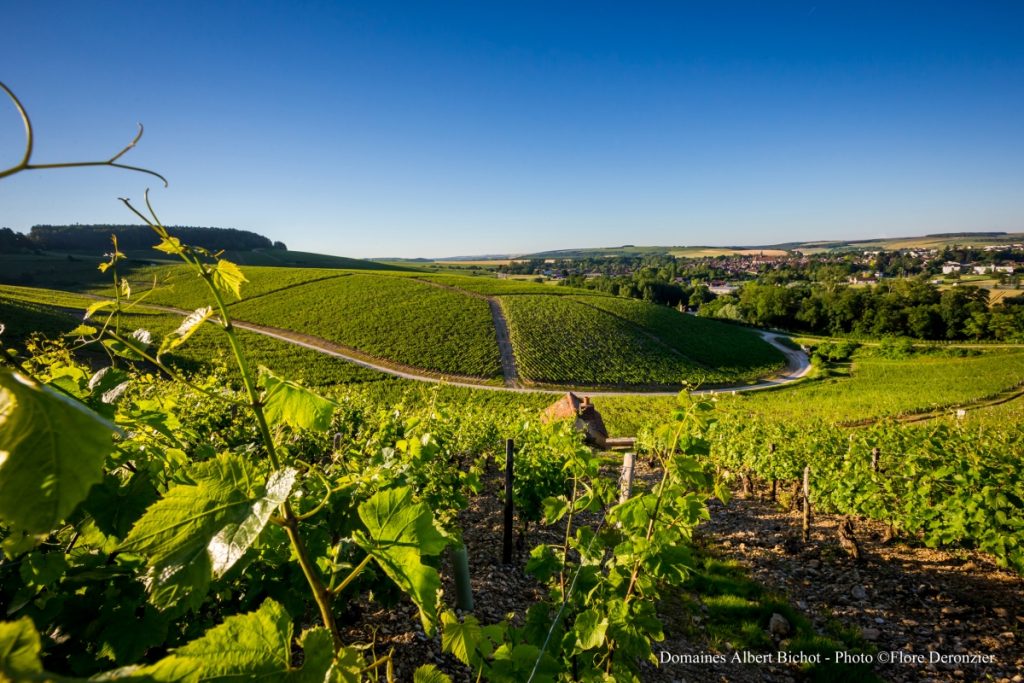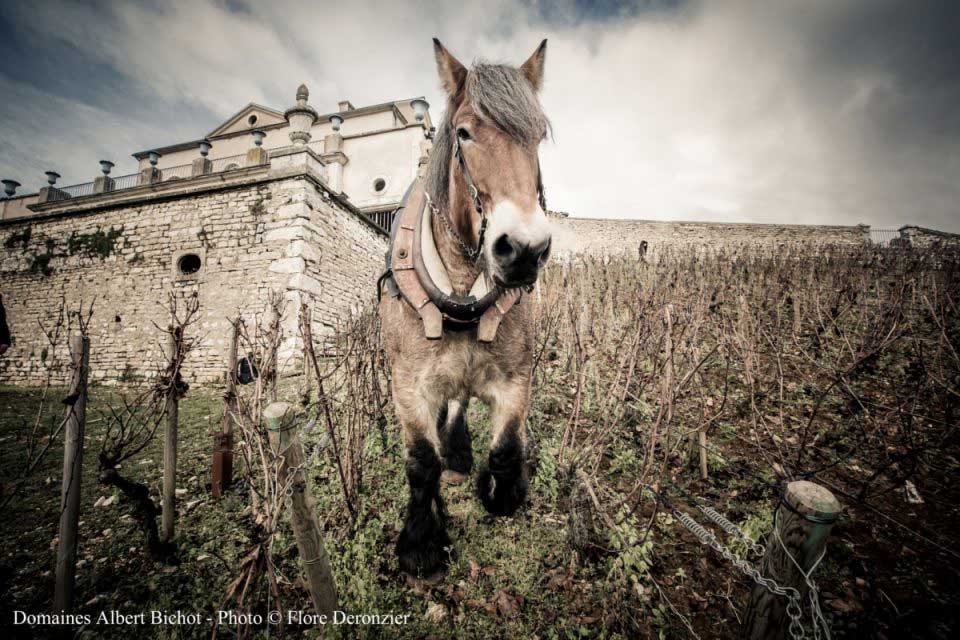Chablis: the triumph of terroir
Described as the region producing the ‘purest expression of the Chardonnay grape’, Chablis is popular with wine lovers for several reasons. Let’s explore
Chablis. One grape – Chardonnay. One region. One unique terroir that speaks through its wines, loud and clear. No other region in the world has produced such instantly recognisable wines, noted for their high acidity and delicate citrus notes. Experts are often known to use the words ‘mineral’, ‘steely’ and ‘pure’ when describing Chablis’ wines, and indeed that is likely what you would taste when you open a good bottle from the region.
As a region, Chablis, situated in the northernmost part of the cool-climate wine region of Bourgogne (aka Burgundy) in France (though with an identity quite distinct from Bourgogne’s Côte d’Or ), has seen its ups and downs, its trials and tribulations (most commonly, spring frost and hail in the vineyards which can decimate the crops some vintages), only to carve its own rare niche among the world’s top white wines, at last, despite the climatic odds. The soil is Kimmeridgian with chalk outcrops which extend from the Loire Valley and Champagne into the sparkling wine regions of Kent and Sussex in England, to which Chablis’ unique flavours are ascribed.
There are four levels in the Chablis hierarchy of appellations: Petit Chablis, Chablis, Chablis Premier Cru, and Chablis Grand Cru. While most of the wine produced falls into the Chablis’ category, some outstanding level wines can be found in the Premier and Grand cru categories, with modern producers experimenting with winemaking techniques to improve on the wine while retaining its unique profile.

Maison Albert Bichot, the leading Burgundy negociant and producer, has the Chablis in their varied portfolio well-known among aficionados around the word: Domaine Long-Depaquit, who iconic vineyard La Moutonne straddles two of the seven Grand Cru climats of Vaudésir and Les Preuses. Netflix fans who watched Uncorked, the story of a young sommelier’s dreams, would have seen the vineyards of La Moutonne featured in the movie.
Bichot’s export director, Christian Ciamos, demystifies the magic of Chablis and explains where its wines stand in this age of COVID19. Excerpts:
The soils of Chablis are unique, and the wine cannot be reproduced in any other region of the world. Would you explain why?
The combination of both the continental climate and the specific fossil soil named Kimmeridgian is unique around the world. Chablis is a place where the sea remained for 5 millions years, 150 million years ago!
Could you explain a little about the appellation systems of Chablis in a simple way for the consumers (Grand Cru, Premier Cru, Chablis and Petit Chablis) and the differences in styles, quality, and price? What should a consumer look for when they go to buy a bottle of Chablis? (In terms of taste profile, uniqueness)
The Grand Cru and Premier Cru Chablis are located on the slopes where the Kimmeridgian terroir is strong, while the appellations Chablis and specifically Petit Chablis are mostly based on top of the hills where the sea did not remain a long time and where the soil is Portlandian which mean limestone with no fossils.

The Kimmerdigian soils give more depth and complexity in the aromas: mineral, fresh citrus, salty and spicy flavours.
The Portlandian terroir will offer fresh fruit and minerality but with less depth and spicy notes.
Chablis has faced many climate challenges – frost, hail, rain – which have become worse with the growing climate change problems. How are the producers dealing with this, and what are your views regarding the future of Chablis?
Our wineries have to cope with the tougher climatic conditions. Sometimes too much rain and cold temperatures, sometimes too dry or hot seasons.
Quality wise, we manage to keep the qualitative balance between structure and elegance, between alcohol and acidity mainly thanks to choosing the best dates suitable to harvest the grapes. With regard to the process of vinification and aging, while sometimes the malolactic fermentation will not be permitted to be completed in order to keep the freshness. The aging in barrels may be reduced between 0% (nil) up to a maximum of 30% in order to keep the great character of Chablis intact.


